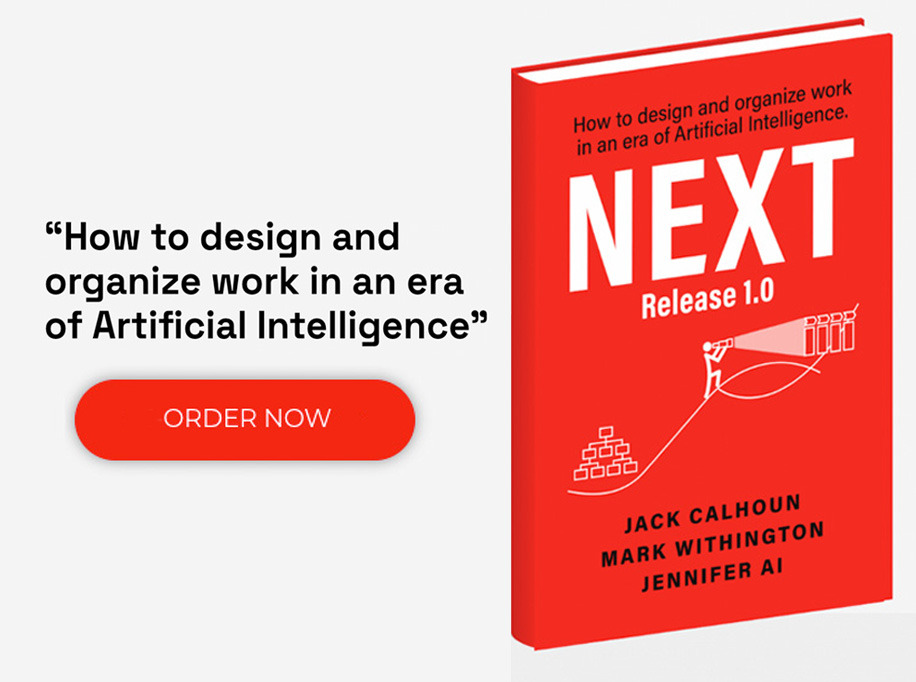A smartphone isn’t just a device—it’s a gateway to a connected world. A car isn’t just transportation—it’s an extension of personal space. Even a coffee maker represents participation in a broader community of enthusiasts. A fundamental shift in consumer expectations and a cascade of technological advancements are forcing retailers to reimagine their value propositions, business models, and operating structures. In this guide, we share our insights on digital transformation in retail and provide a roadmap for navigating change successfully.
What is Digital Transformation in Retail?
Digital transformation in retail is the comprehensive reimagining of business operations, customer experiences, and value propositions through the strategic implementation of digital technologies. While adopting new tools and automating existing processes is necessary, digital transformation requires profound change beyond the techstack. Retailers must move from product-centric approaches to experience-driven models that place the customer at the center of every decision. Products and services now converge, with tangible and intangible offerings evaluated through the customer experiences they deliver.
What is Driving Digital Transformation in Retail?
Creating both urgency and opportunity, multiple forces fuel digital transformation in retail.
Shifting Consumer Expectations
The definition of customer value has dramatically changed. Consumers are no longer shopping for products. Now, they expect convenience, personalization, and exceptional service at every touchpoint, all signatures of the digital experience.
Take food and beverage sales as an example. In 2017, just 9.3 percent of transactions occurred in the retail space. Due to several disruptive forces, one of which was the COVID-19 pandemic, online sales jumped to 16 percent in 2023 and are projected to reach 21.5 percent by 2027.
E-commerce Growth and Channel Proliferation
The exponential growth of e-commerce has forced traditional retailers to reimagine their business models. With total retail e-commerce sales estimated to exceed 4.3 trillion U.S. dollars worldwide in 2025, retailers must develop robust digital capabilities just to stay in the competition.
Social Commerce Revolution
Social media platforms have evolved from marketing channels to powerful commerce engines. When asked which social network they were most likely to shop on, 24 percent of global online shoppers named Facebook in 2024, with Instagram ranking second at 20 percent. For Gen Z specifically, TikTok and Instagram are the preferred platforms for shopping and product discovery, with more than half of surveyed U.S. Gen Z respondents citing these platforms.
AI and Emerging Technologies
Artificial intelligence is one of the most disruptive forces in the retail landscape, with significant impacts on everything from customer experience to operations. The benefits are clear: retailers using artificial intelligence and machine learning technologies consistently outperform their competitors. In both 2023 and 2024, retail companies using these technologies saw double-digit growth in sales compared to previous years, with annual profit growth of approximately eight percent.
In the United States, most retail companies are implementing AI for marketing purposes, with nearly 49 percent using AI to handle marketing automation. Beyond marketing applications, AI creates entirely new shopping experiences like virtual fitting rooms. The global virtual fitting room market size was estimated at 3.42 billion U.S. dollars, with forecasts anticipating growth to 15 billion U.S. dollars by 2029.
Key Challenges of Digital Transformation in Retail
The path to digital transformation in retail is rarely smooth. Organizations face multiple interconnected challenges that can impede progress and dilute results. How do we tackle these obstacles? Recognize them ASAP and strategize wisely.
- Legacy Systems and Technical Debt: Many established retailers struggle with outdated technology infrastructure, making implementing new digital capabilities or integrating systems across channels difficult.
- Organizational Silos and Resistance to Change: Too often, teams work in isolation, each with their own targets and tools, rarely seeing how their piece fits into the customer’s entire journey through the business. These disconnects manifest in symptoms such as conflicting information, repetitive processes, long wait times, lack of personalization, and broken promises—all of which damage the customer experience and undermine transformation efforts.
- Data Management and Analytics Capabilities: While retailers collect vast amounts of customer data, many struggle to unify this information across channels and leverage it effectively for personalization and decision-making.
- Talent and Skill Gaps: Successful transformation requires technical expertise and leadership capabilities to drive organizational cultural change and innovation.
- Balancing Physical and Digital Experiences: Omnichannel integration requires rethinking store formats, associate roles, fulfillment operations, and customer journeys.
Top Benefits of Digital Transformation in Retail
- Richer Customer Experiences and Deeper Engagement: By leveraging data and technology, retailers can anticipate customer needs, reduce friction points, and build deeper relationships that drive loyalty and lifetime value.
- More Effective and Agile Operations: Retailers can achieve significant operational improvements by reimagining core business processes, strategically adopting new technologies, and developing a customer-obsessed culture.
- More Insightful Decision Making: Advanced analytics capabilities help organizations understand customer preferences, optimize assortments, personalize marketing, and improve forecasting accuracy.
- New Revenue Streams and Business Models: Perhaps most importantly, digital transformation opens opportunities for entirely new sources of value.
- Competitive Differentiation and Market Position: Retailers that successfully reimagine their operations and customer experiences can establish sustainable competitive advantages that drive growth and market share.
Streamline Digital Transformation in Retail with Accelare
At Accelare, we know that successful digital transformation requires a strategic, systematic approach that addresses both the technological and organizational dimensions of change. Begin your digital transformation journey with us by taking a free, quick assessment of your organization’s digital disruption exposure across four critical domains:
- Value Innovation & Customer Experience
- Operational Innovation & Agility
- Organizational Engagement
- Financial Health
Start your digital transformation today!











